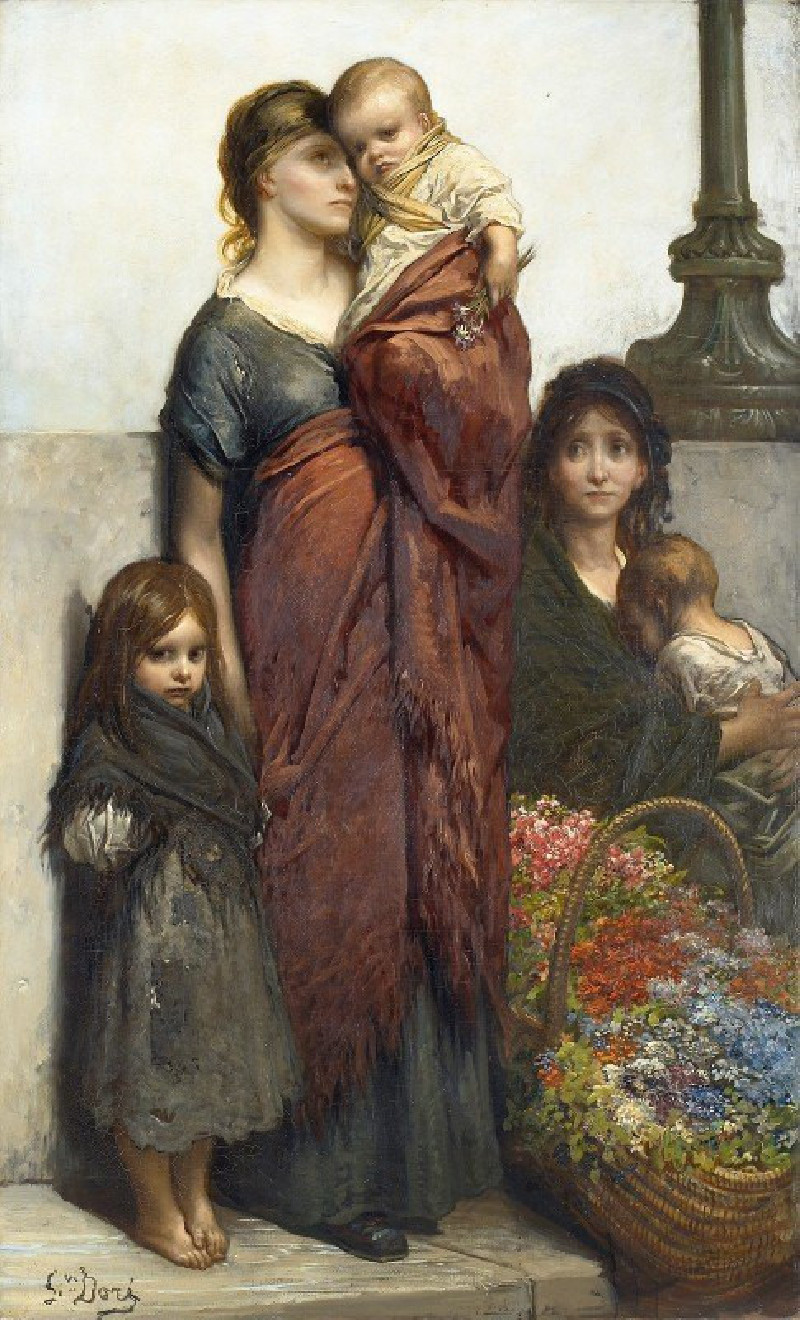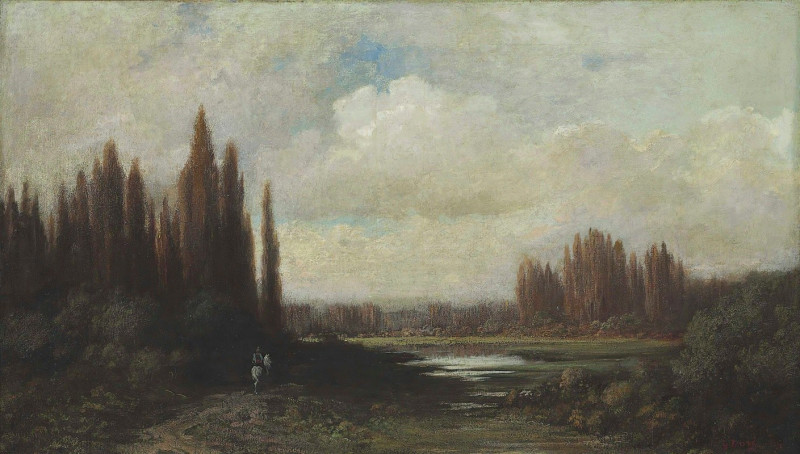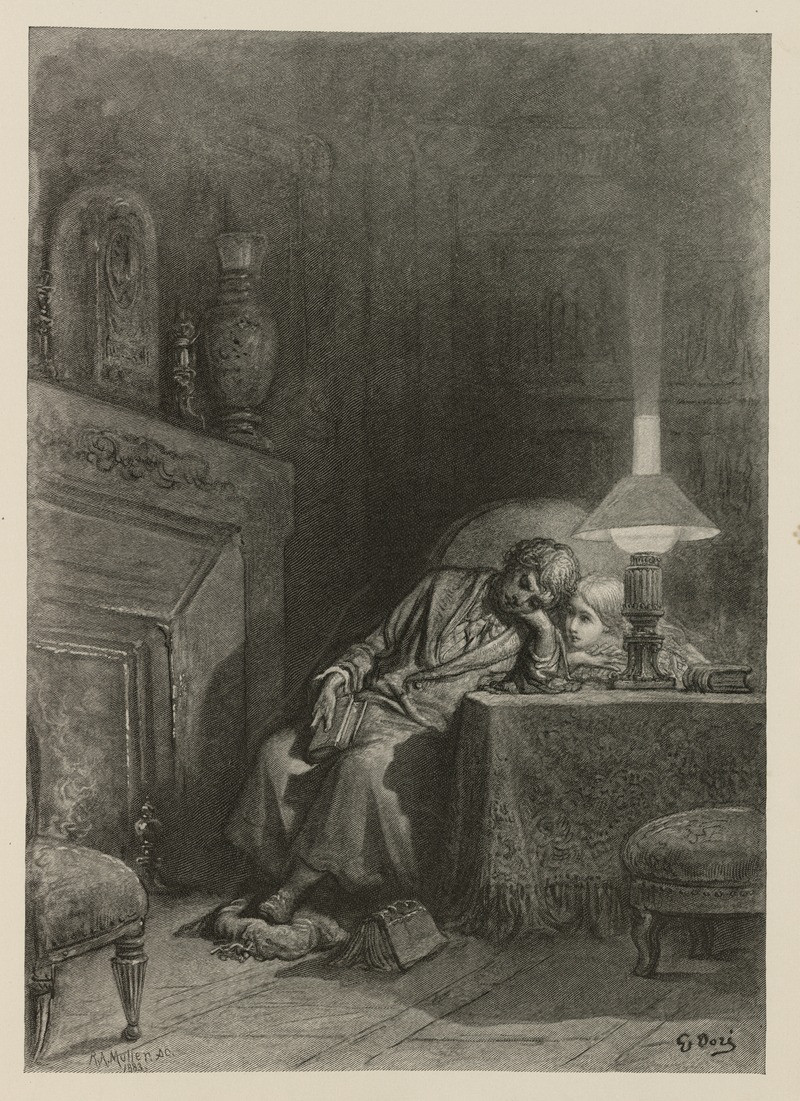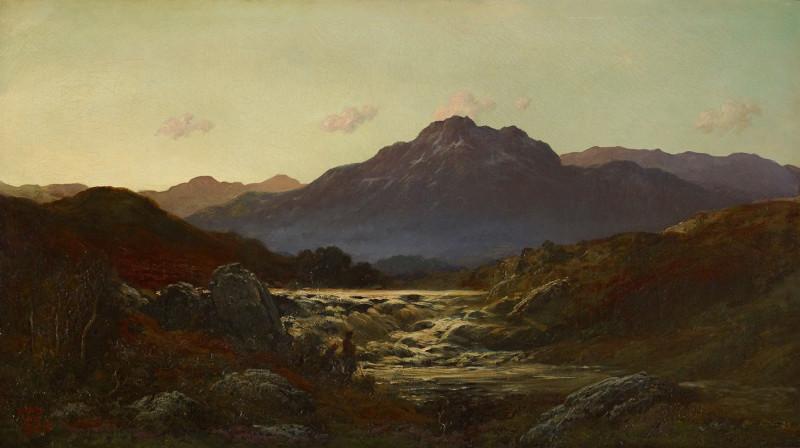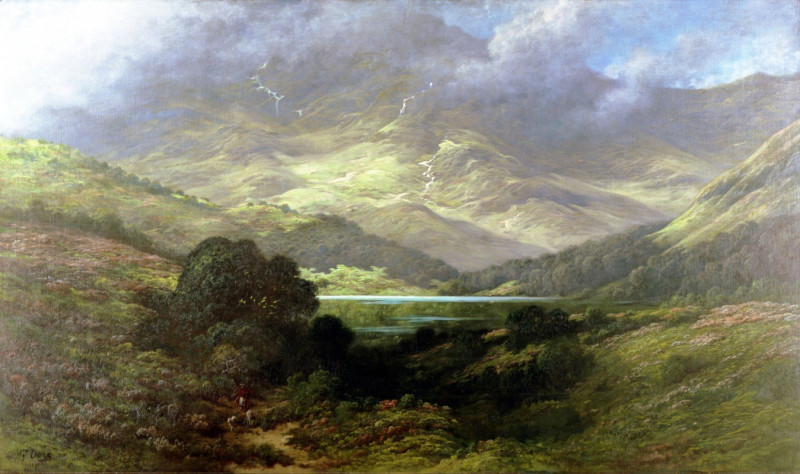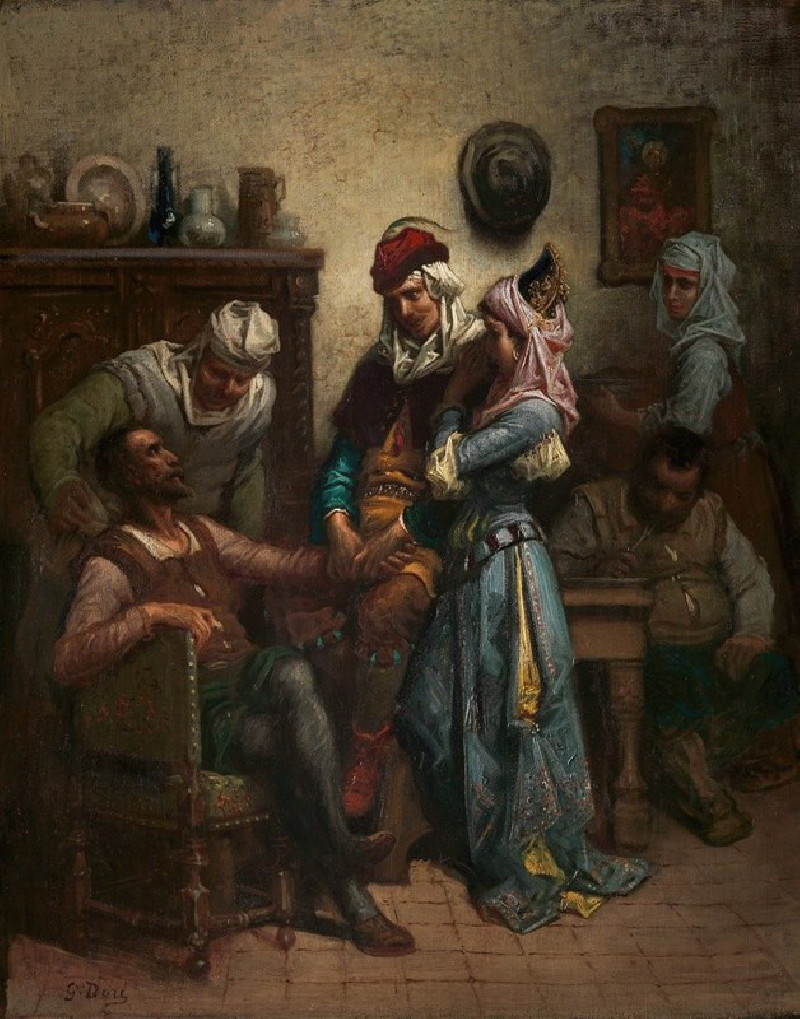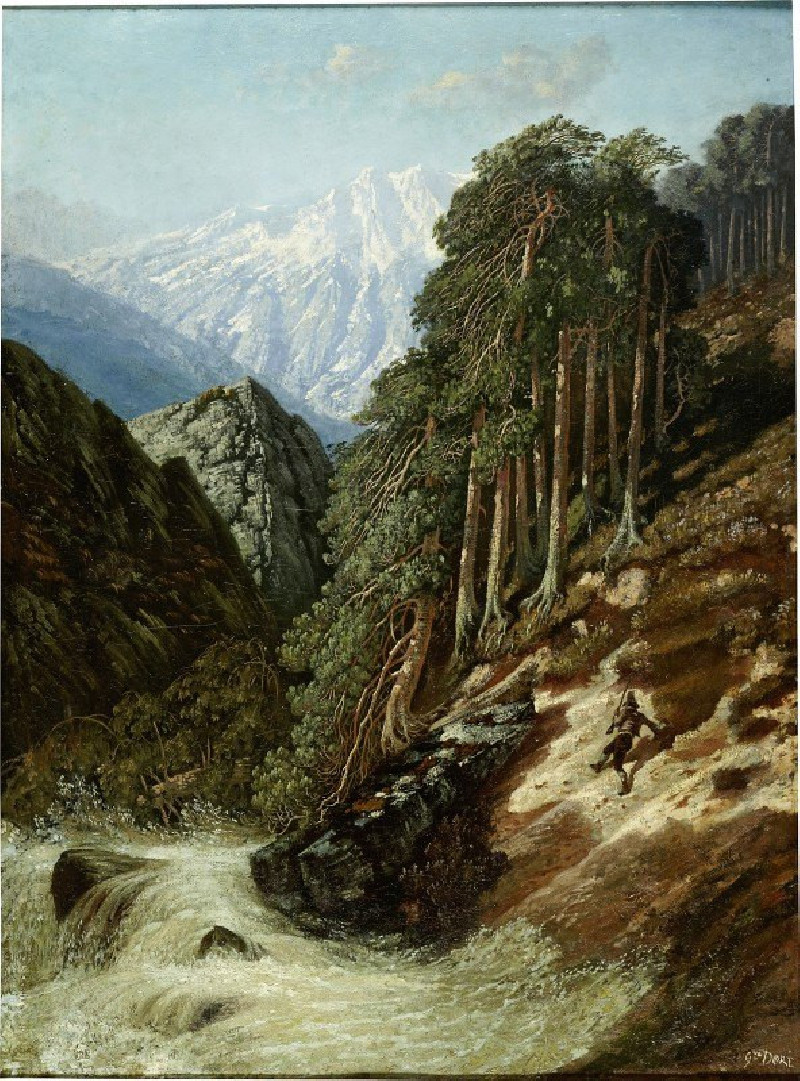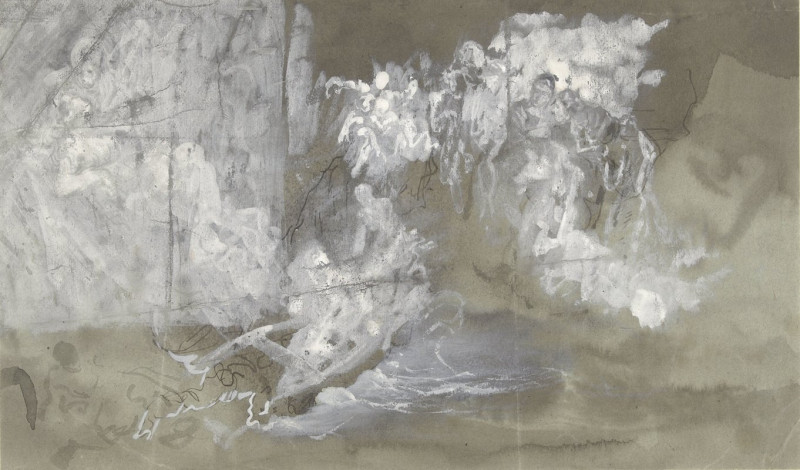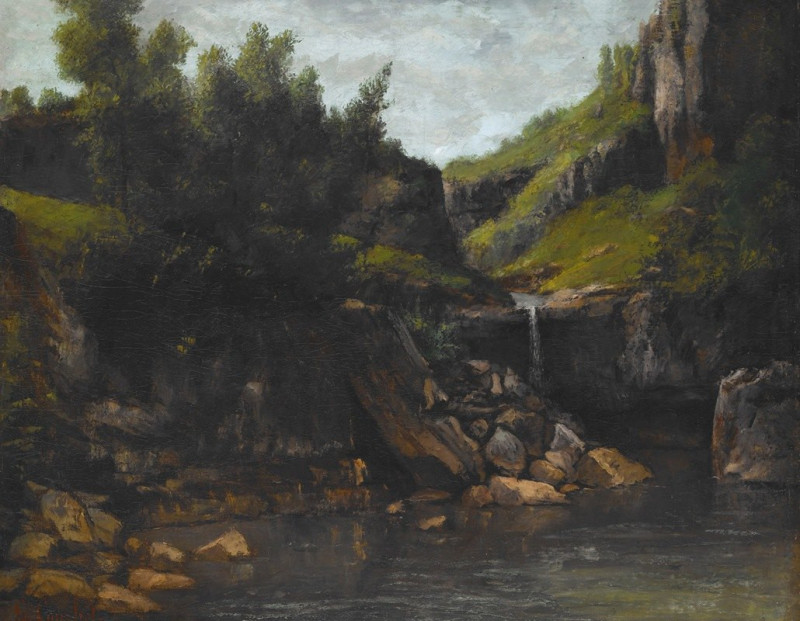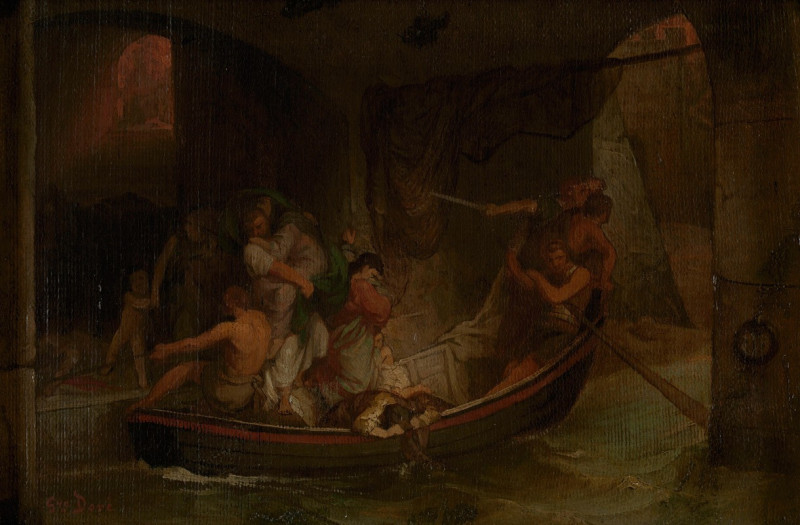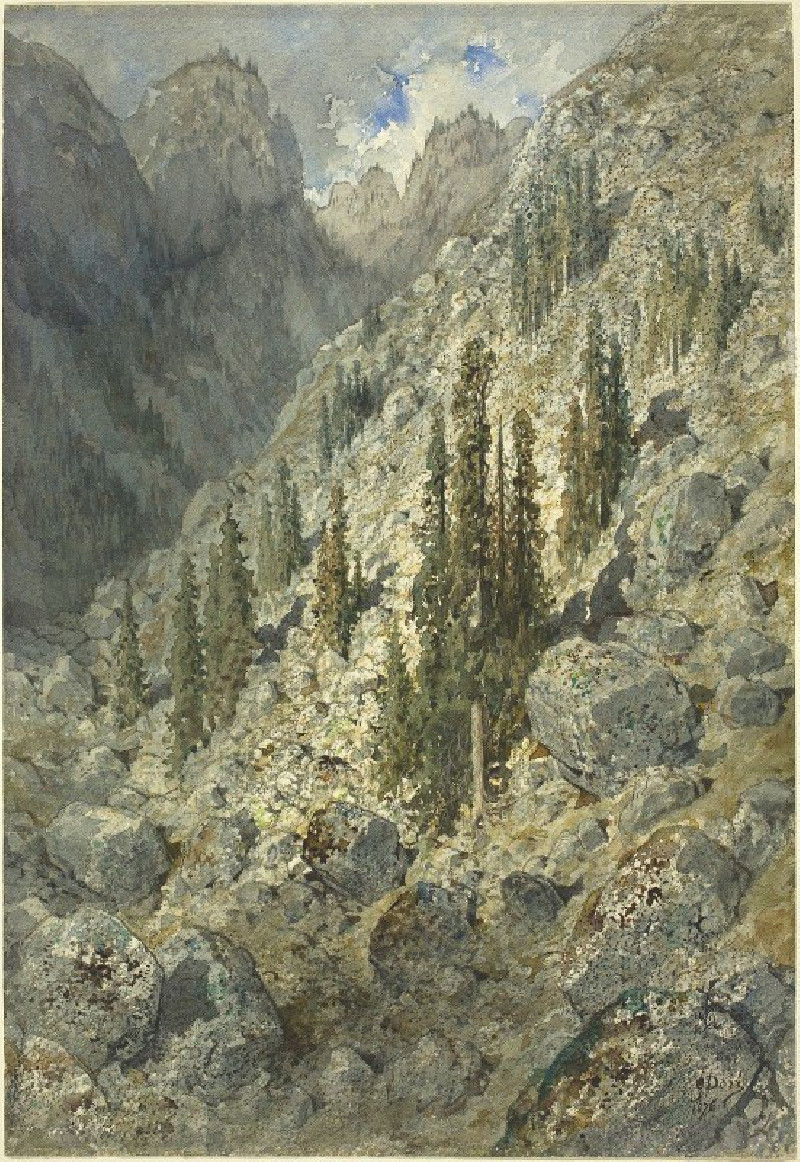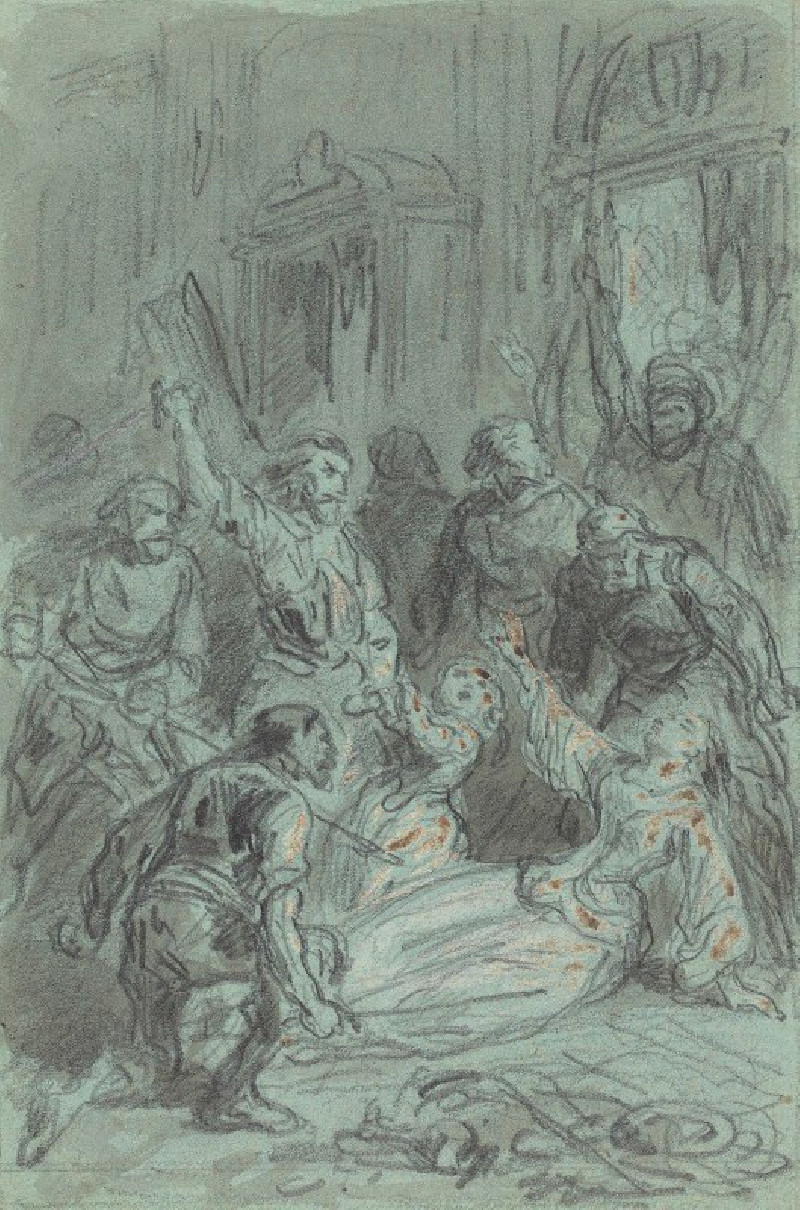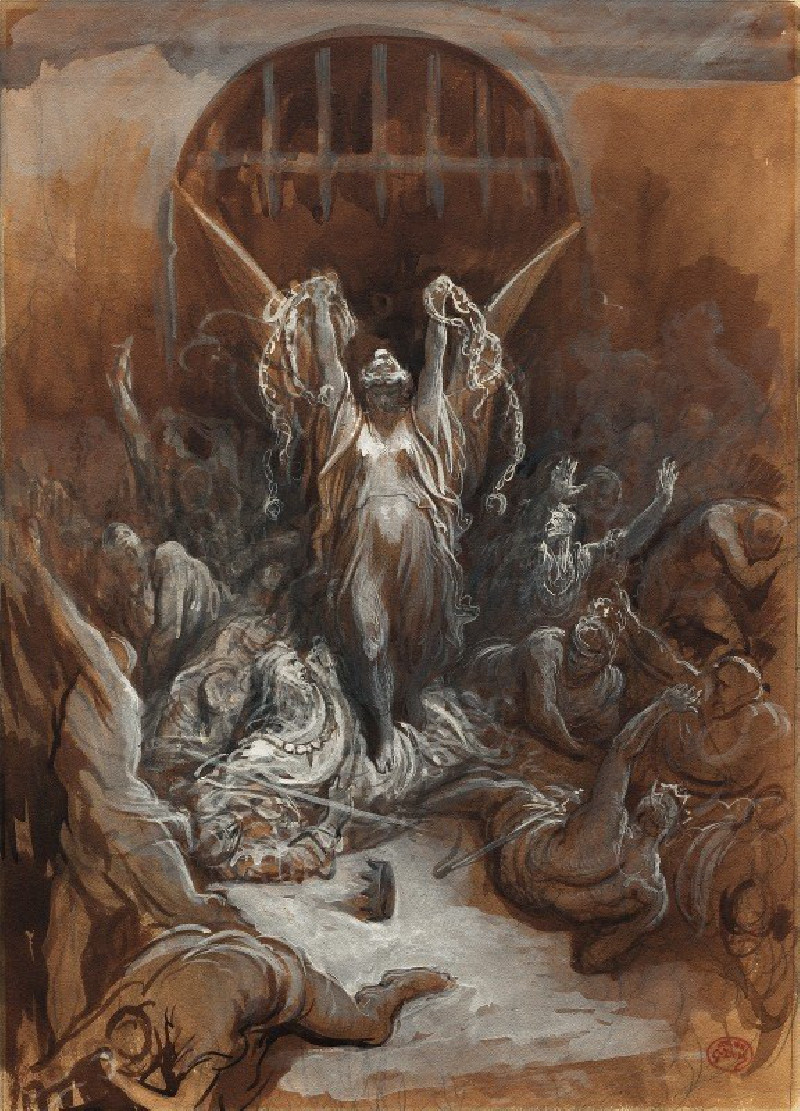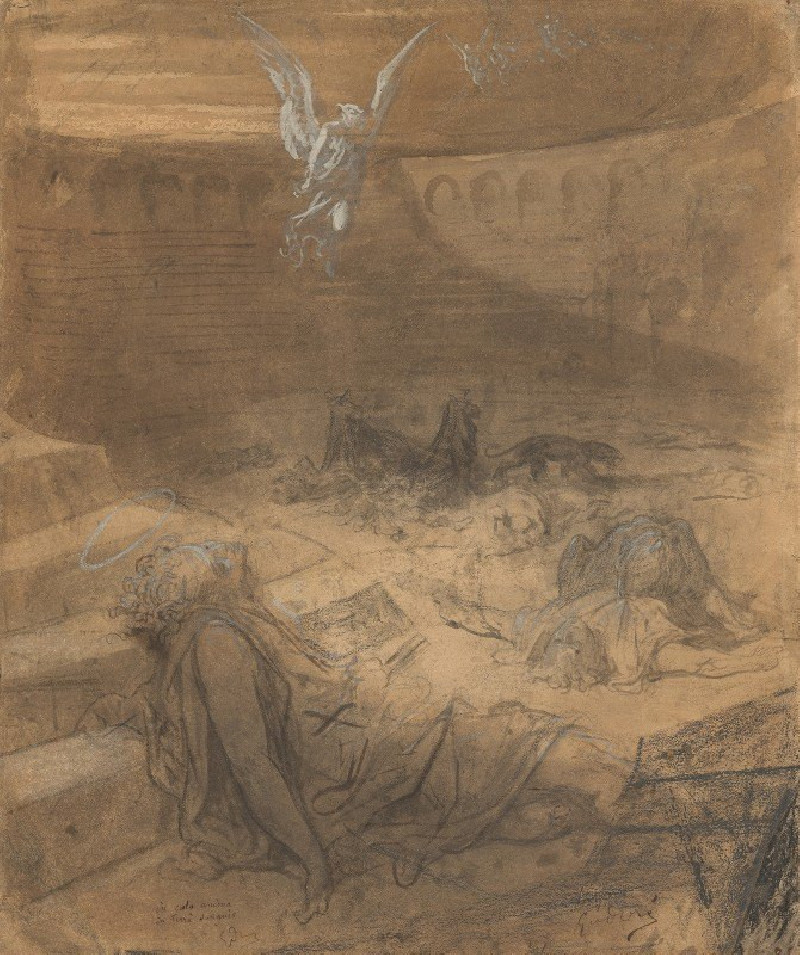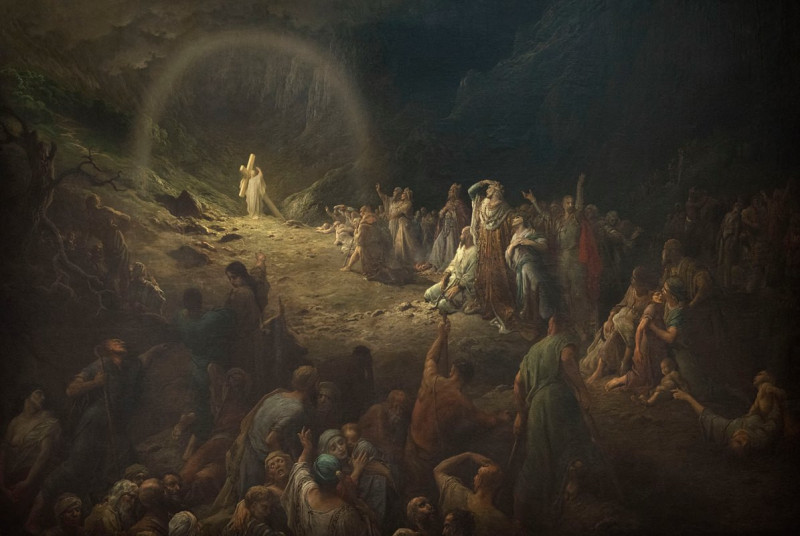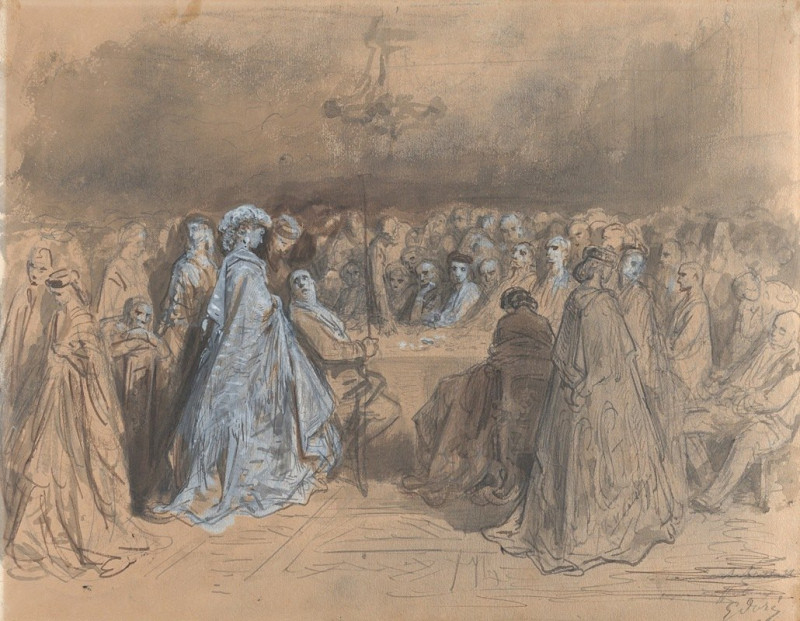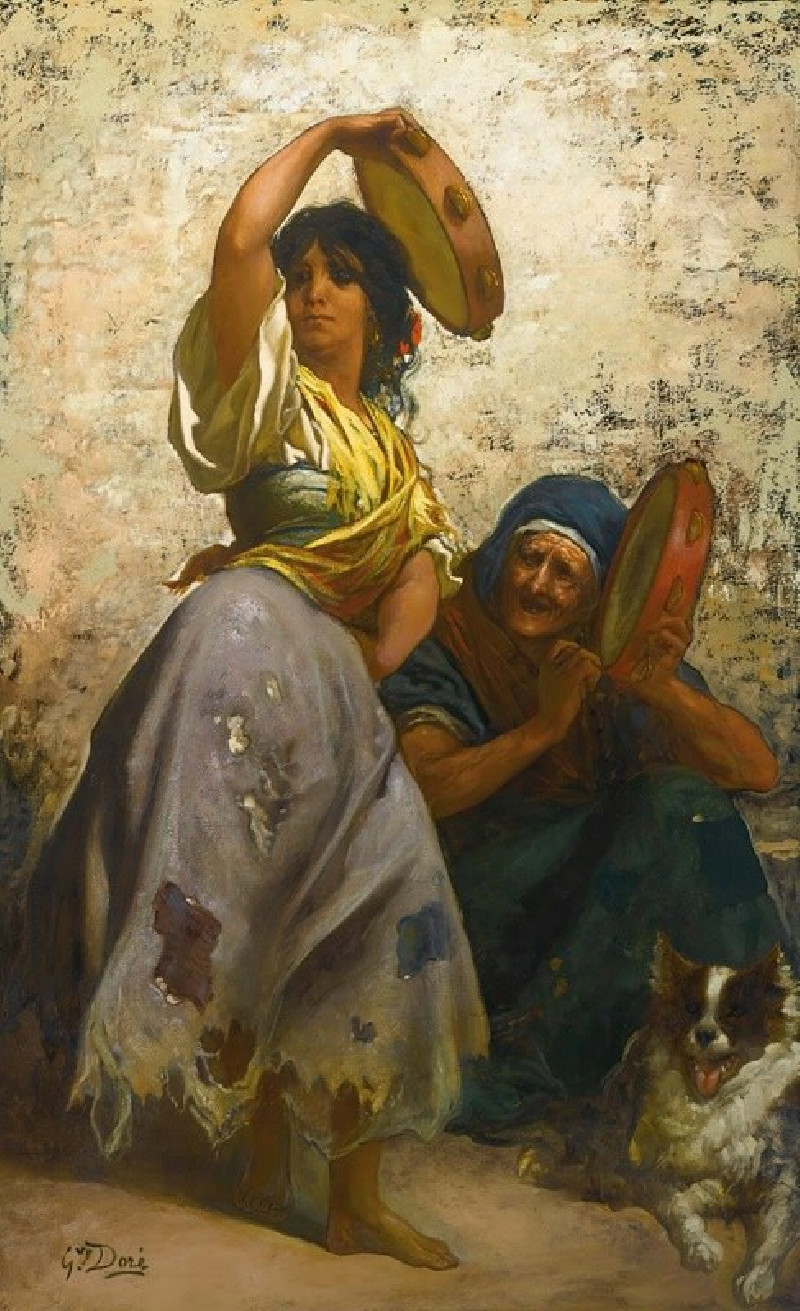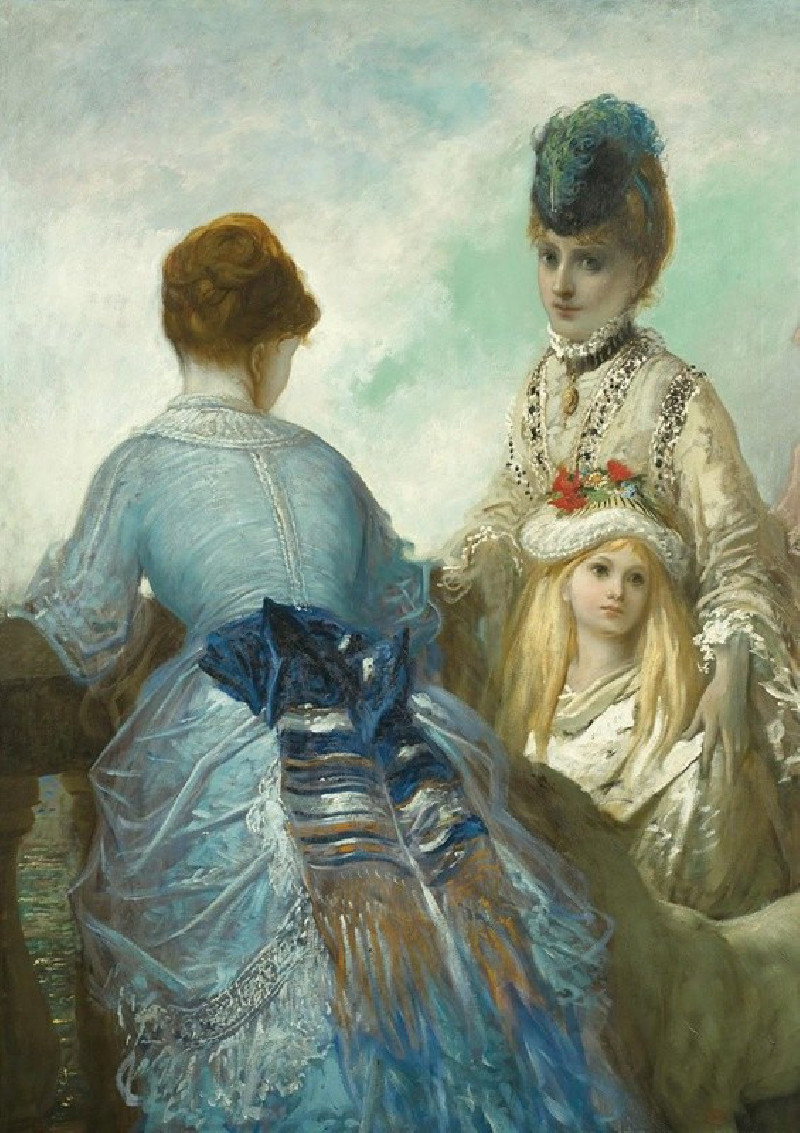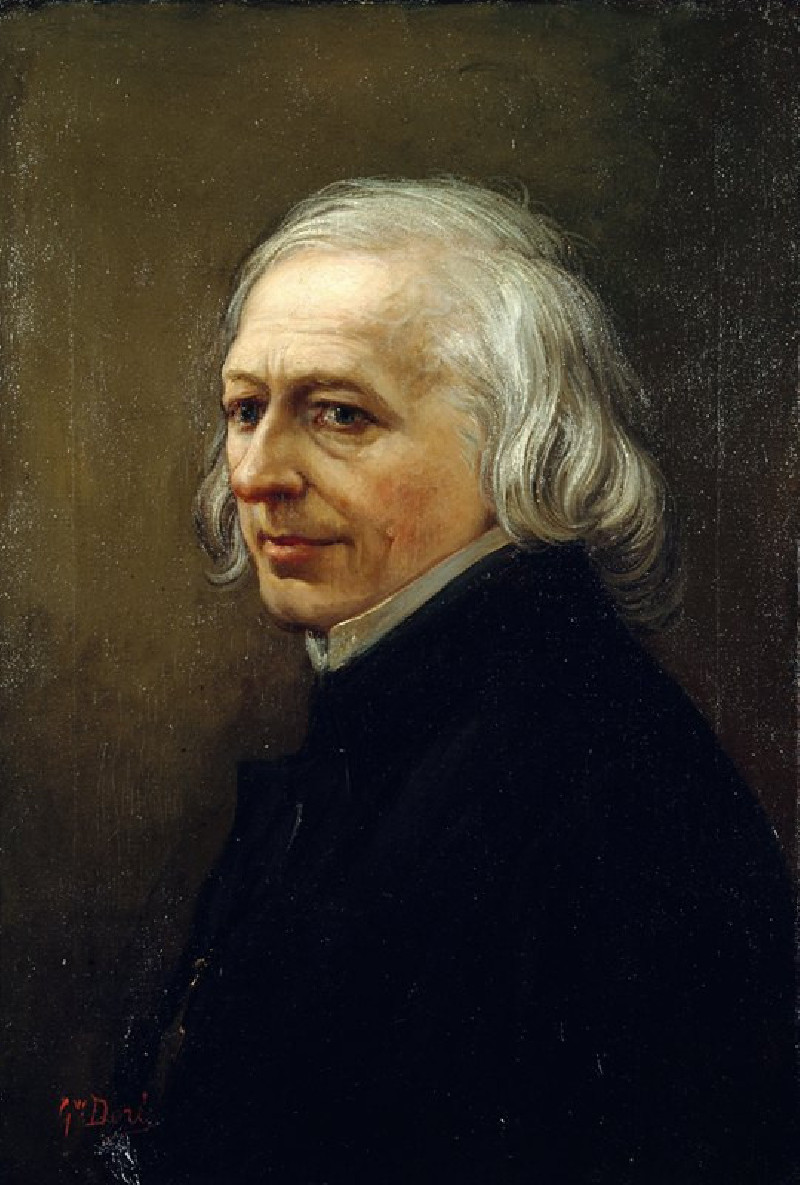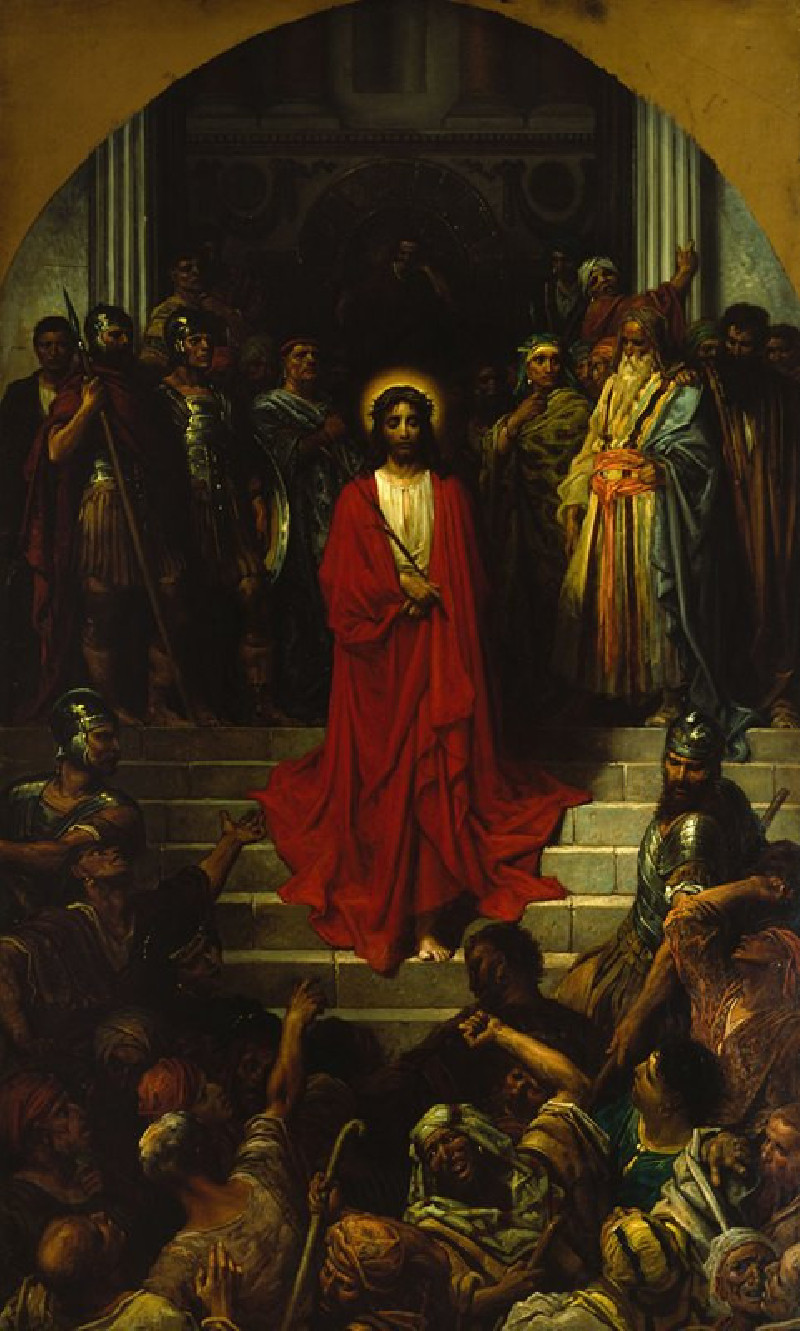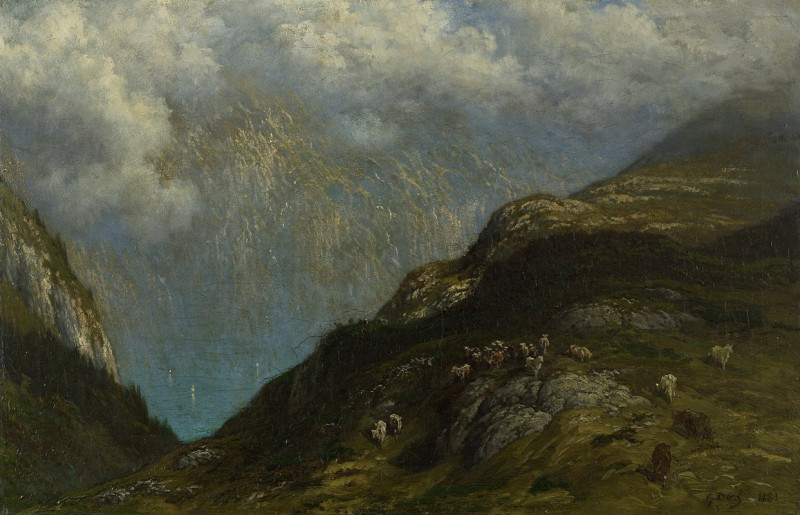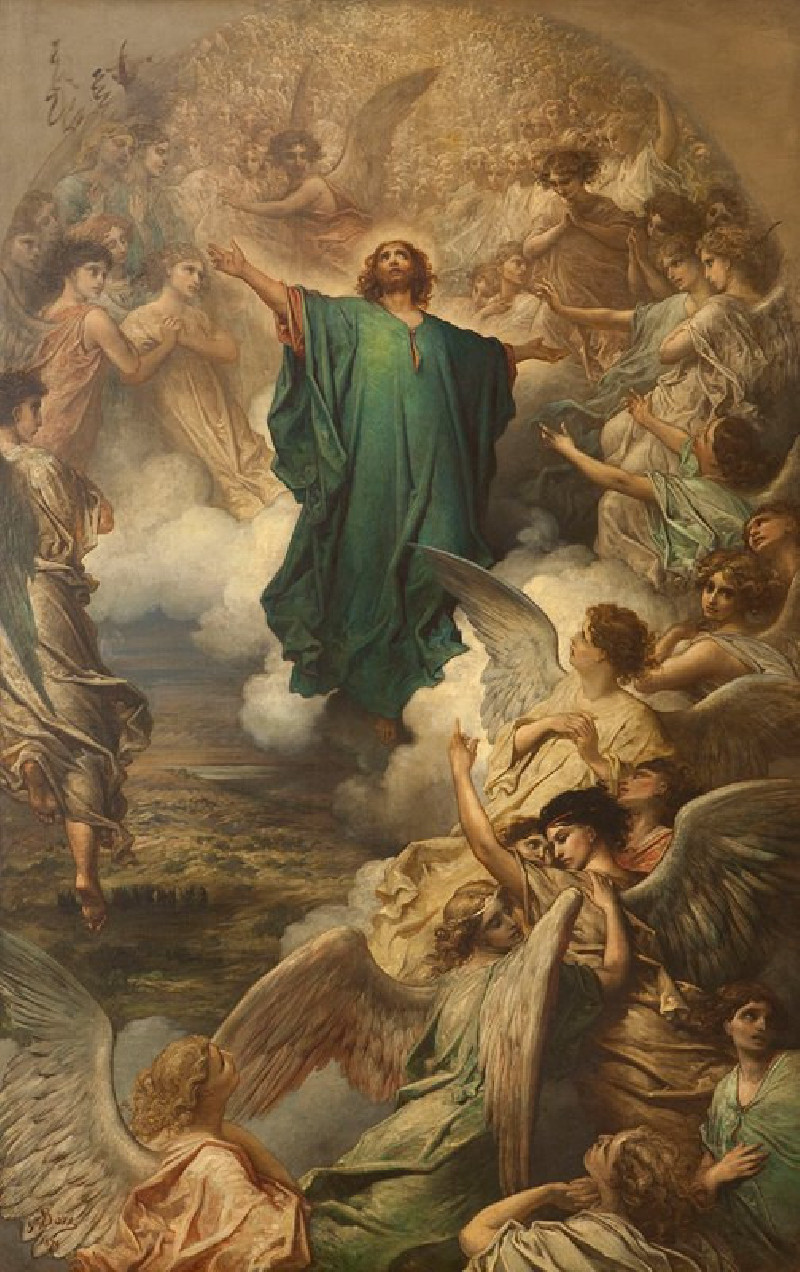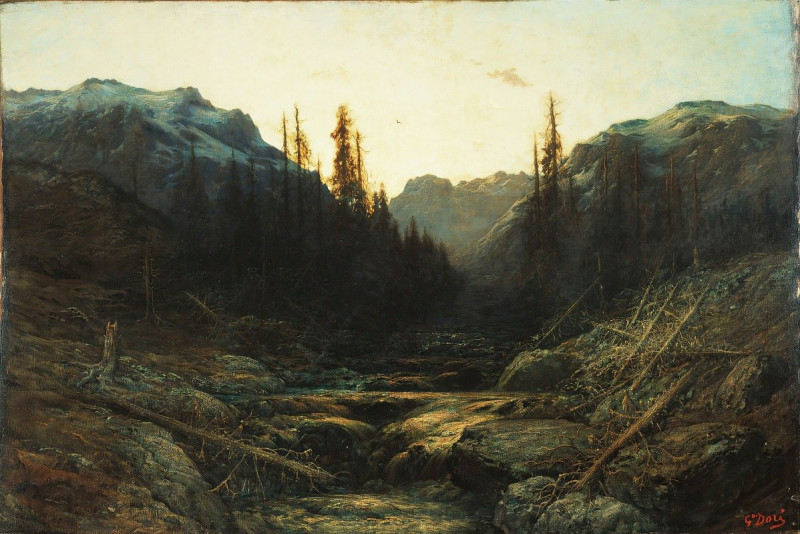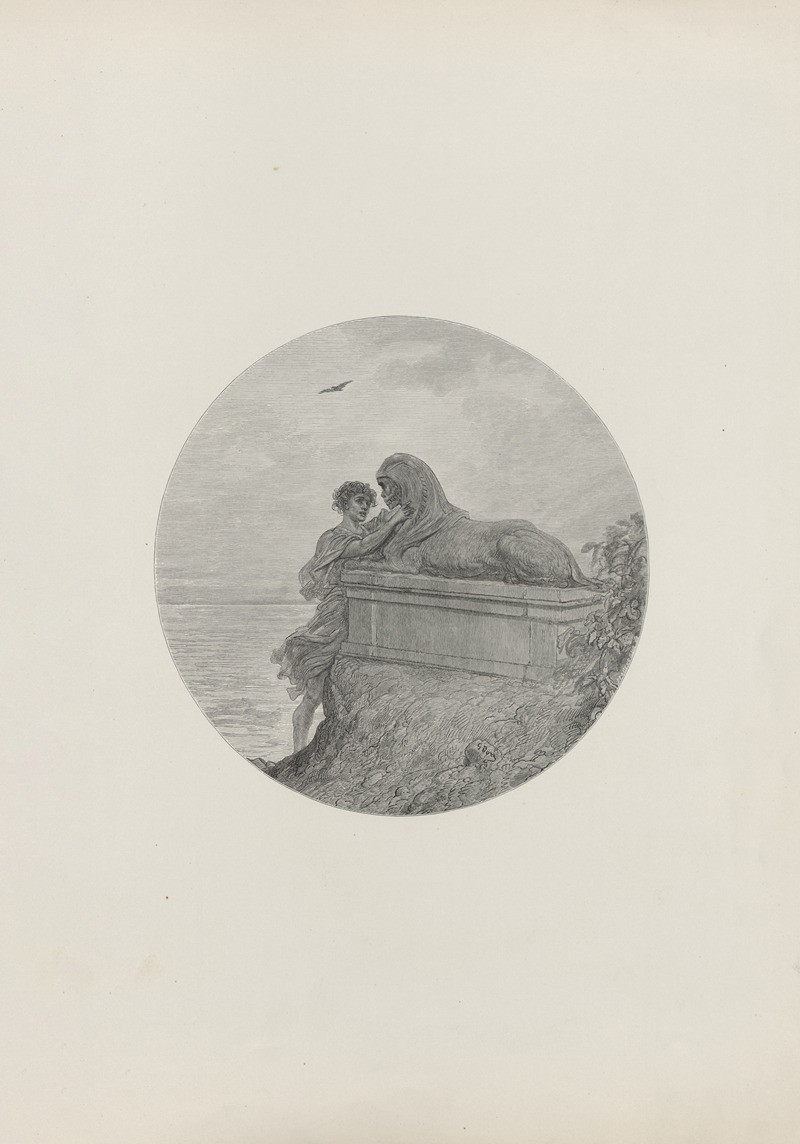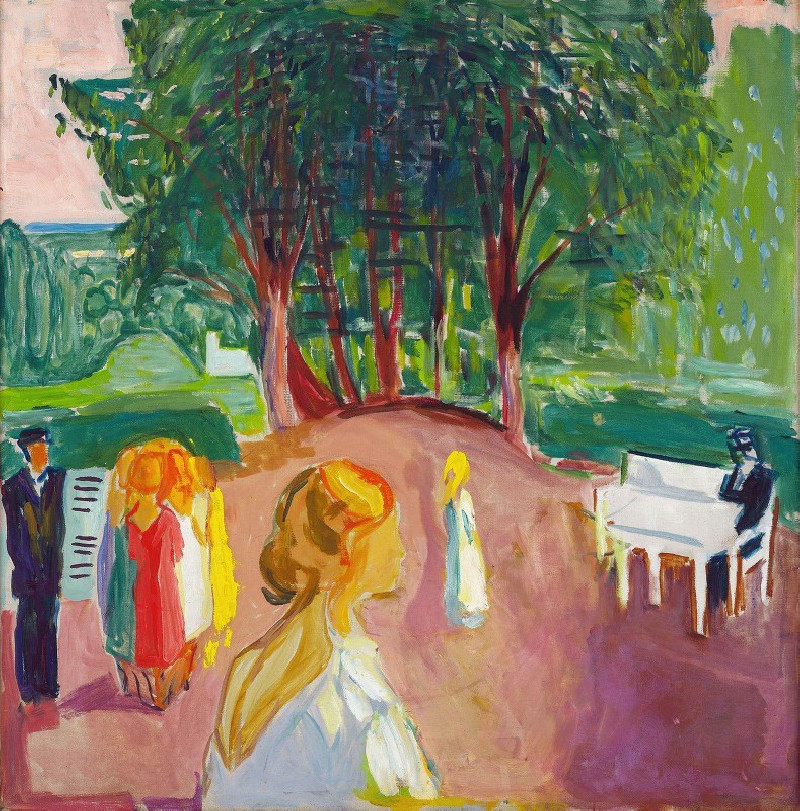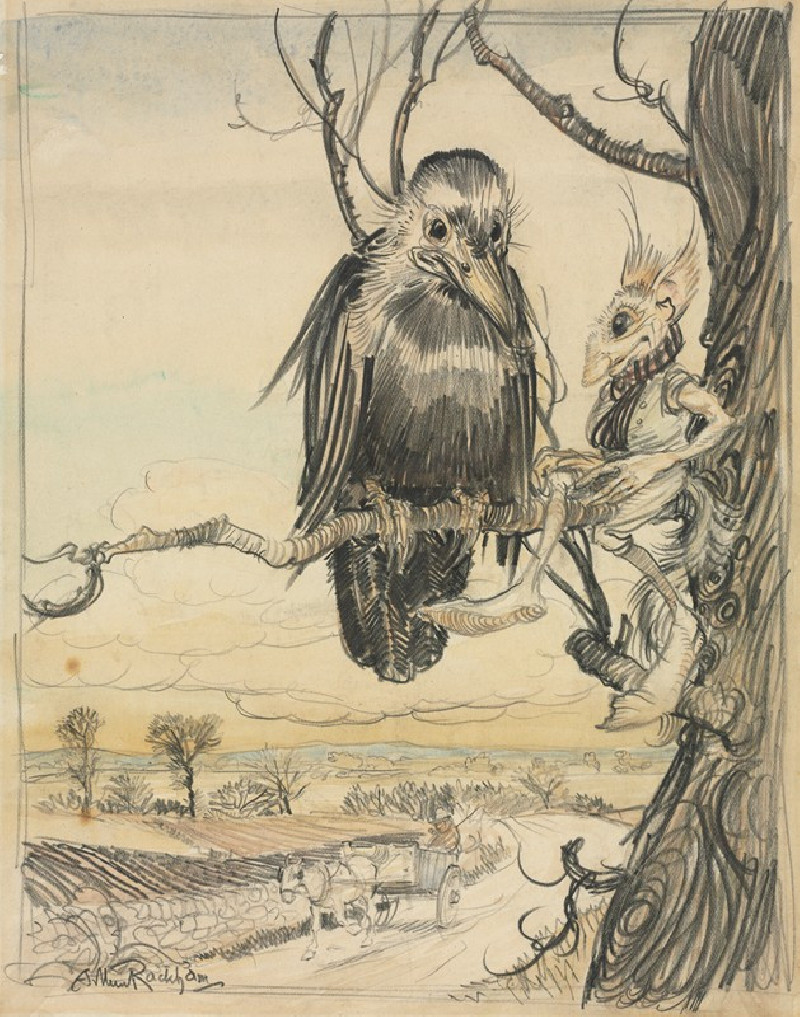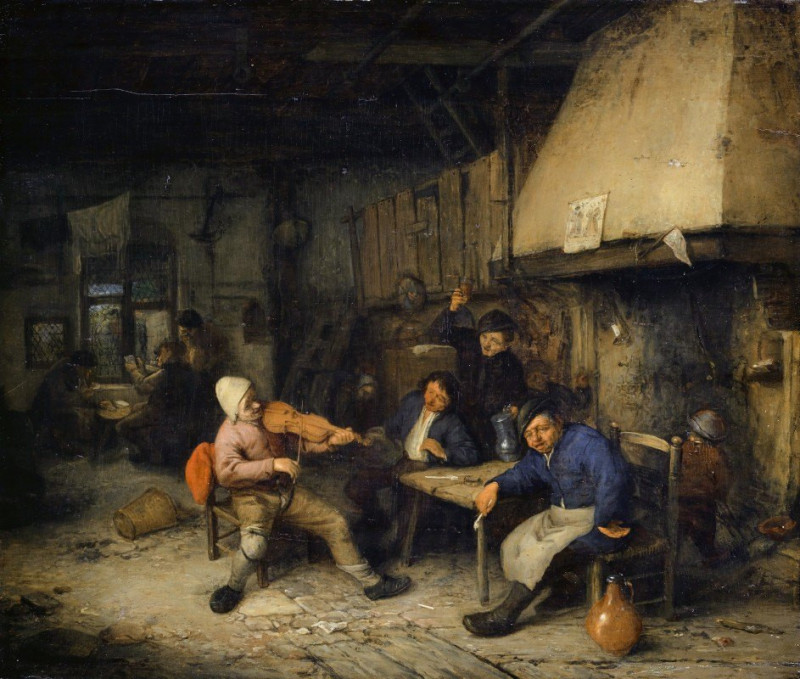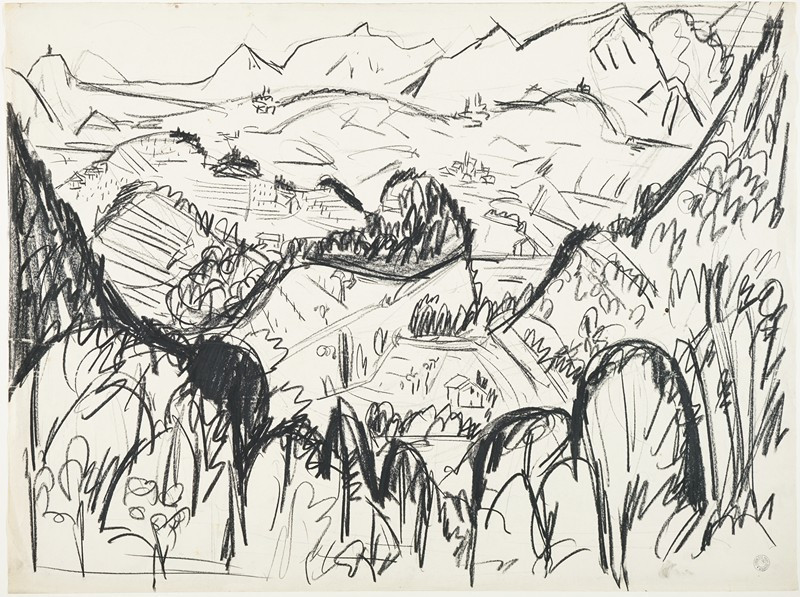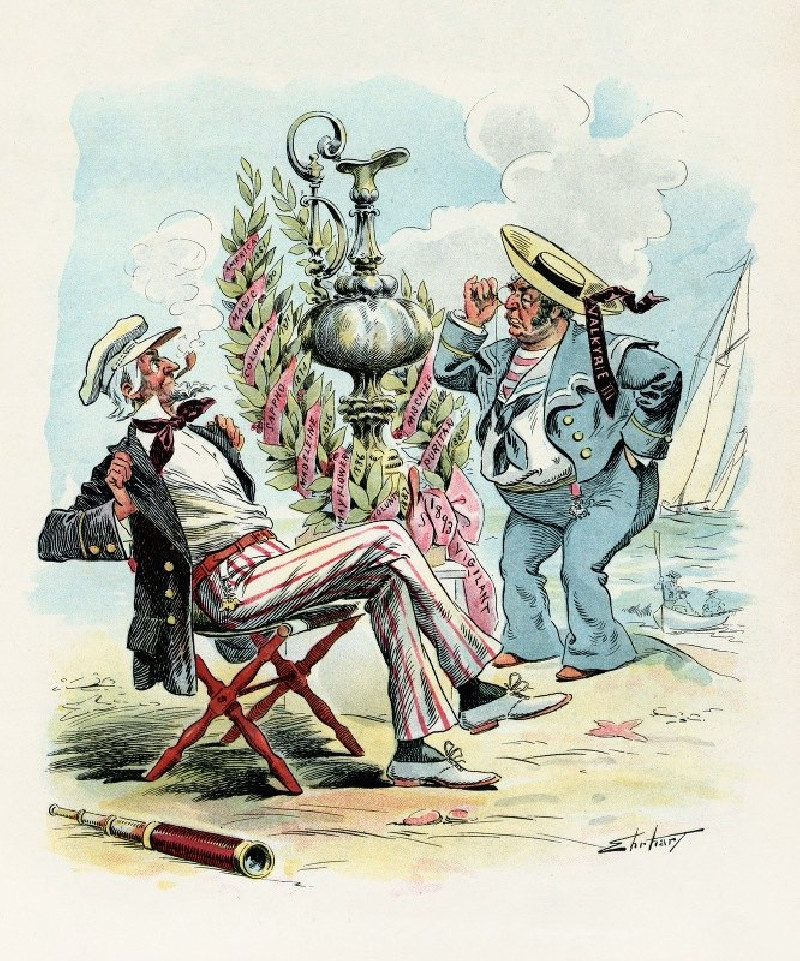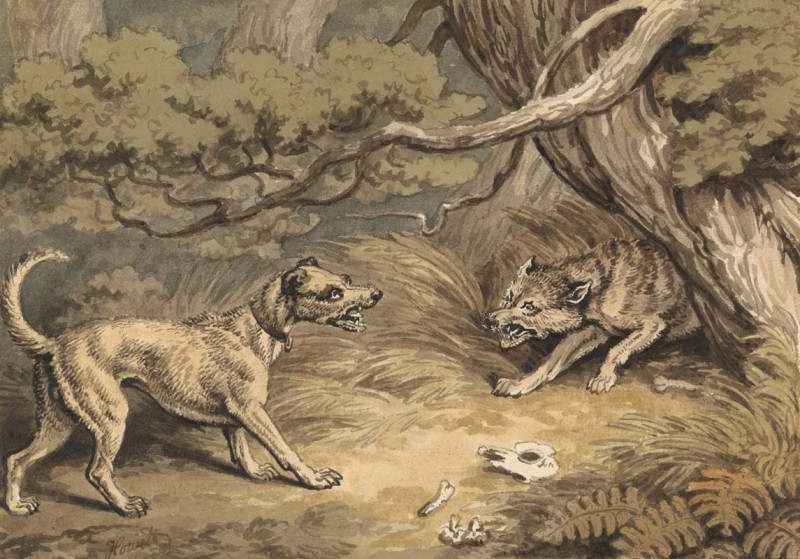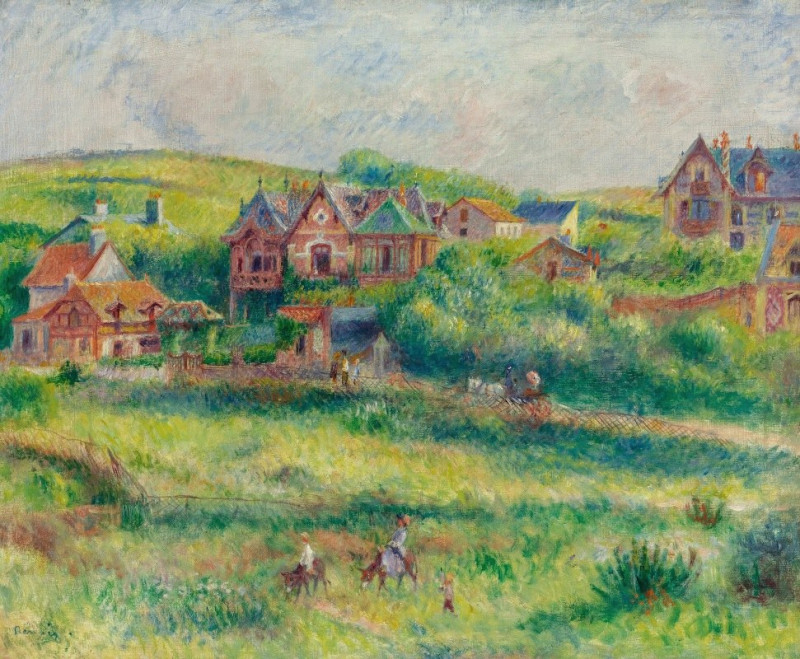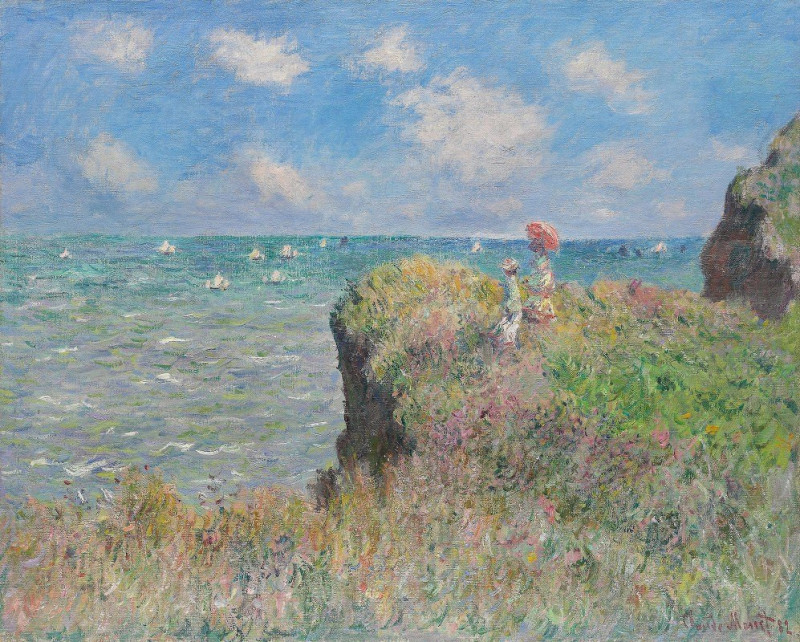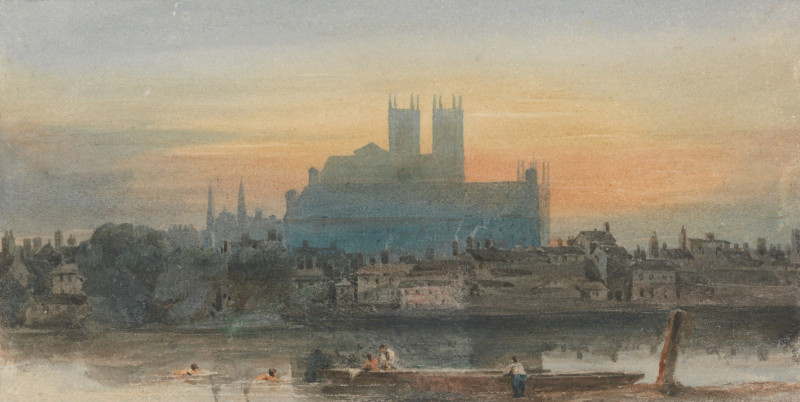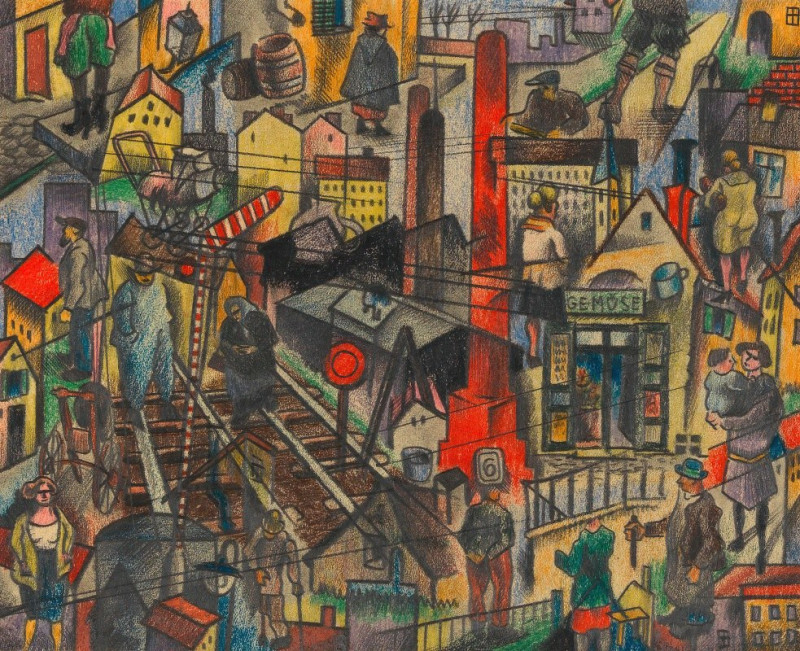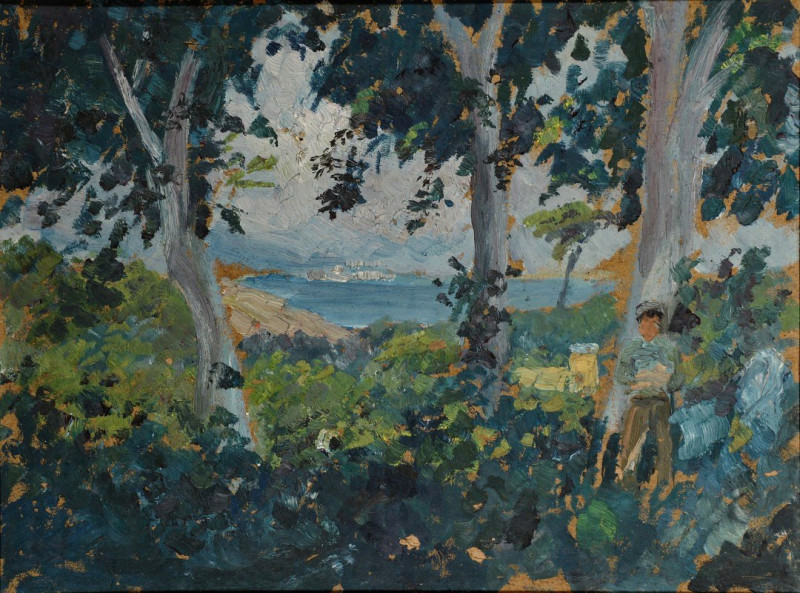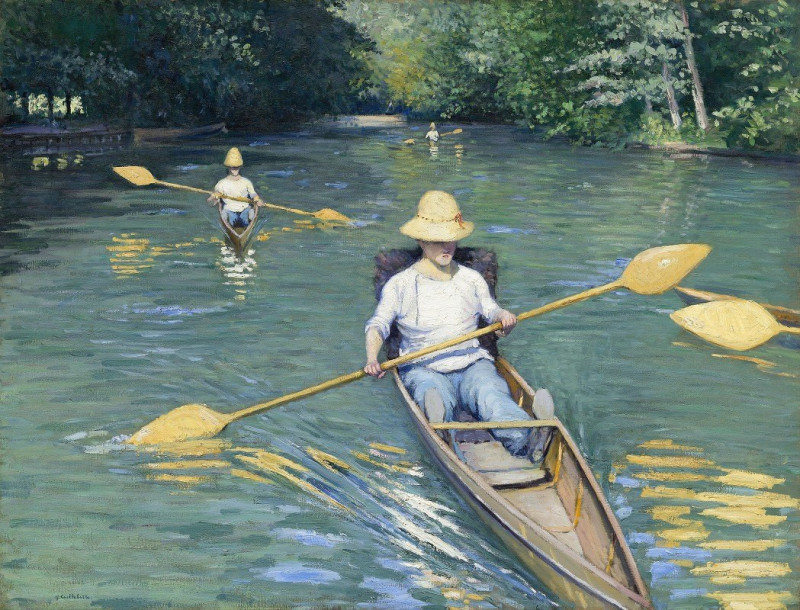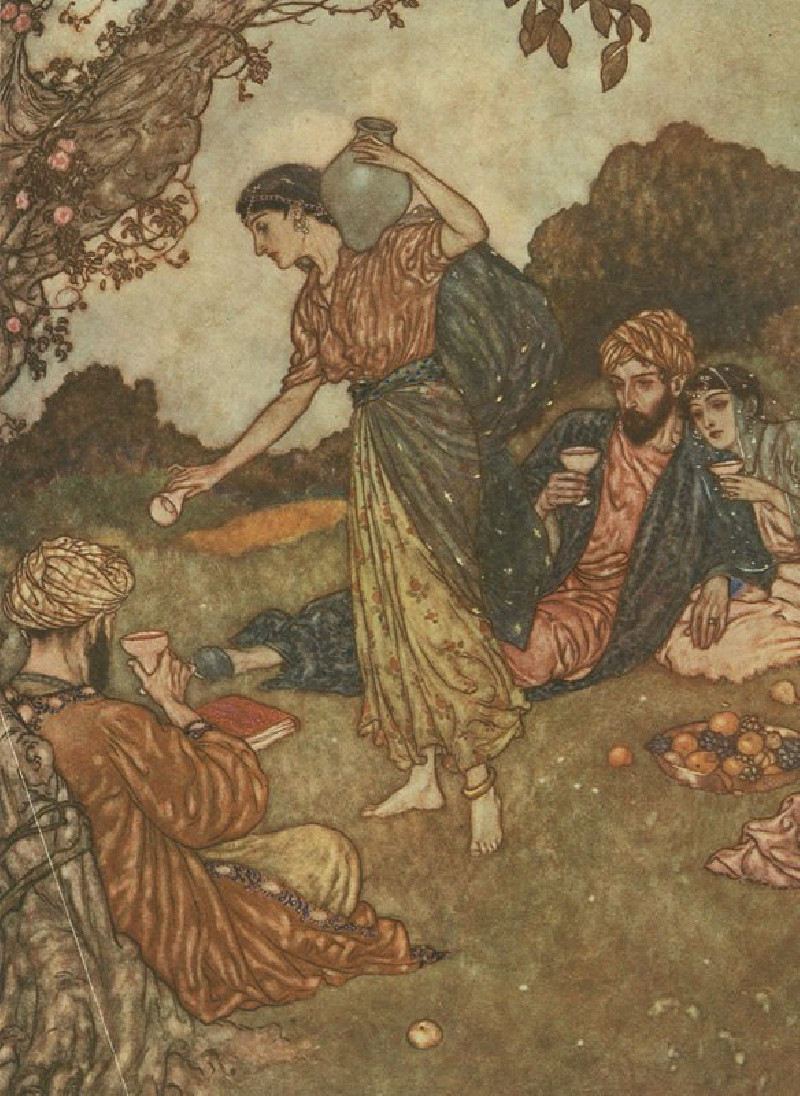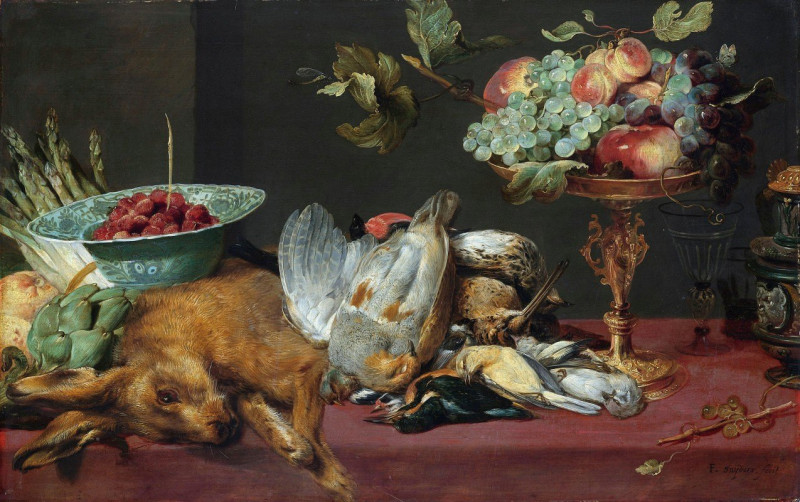Flower Sellers of London (circa 1875)
Technique: Giclée quality print
Recommended by our customers
More about this artwork
"Flower Sellers of London" (circa 1875) is a captivating painting by the French artist Gustave Doré, renowned for his detailed and emotive illustrations. This painting offers a touching glimpse into the daily lives of London's working class during the Victorian era, notably shining a light on the women who sold flowers to make ends meet.The artwork portrays a group of young women and children, each captured in a moment of quiet dignity amidst their humble surroundings. The central figure, a young woman dressed in a striking red shawl, carries a baby, while another child stands closely by her side, her eyes meeting the viewer's with a mix of curiosity and weariness. Adjacent to her is another woman, also holding a child, her expression conveying resilience and maternal care. A basket laden with a vivid assortment of flowers adds a splash of color to the otherwise muted tones of their attire, hinting at the beauty they bring to the city's gray streets.Doré's skill in texture and detail is evident in the rendering of the fabrics and the children's delicate features. His use of light subtly highlights their faces and the fresh flowers, suggesting a glimmer of hope and color in their challenging lives. This painting not only showcases Doré’s artistic prowess but also serves as a poignant social commentary, reflecting the artist's keen awareness of the socio-economic struggles of the time.
Delivery
Returns
Paul Gustave Louis Christophe Doré (6 January 1832 – 23 January 1883) was a French printmaker, illustrator, painter, comics artist, caricaturist, and sculptor. He is best known for his prolific output of wood-engravings illustrating classic literature, especially those for the Vulgate Bible and Dante's Divine Comedy. These achieved great international success, and he became renowned for printmaking, although his role was normally as the designer only; at the height of his career some 40 block-cutters were employed to cut his drawings onto the wooden printing blocks, usually also signing the image.

